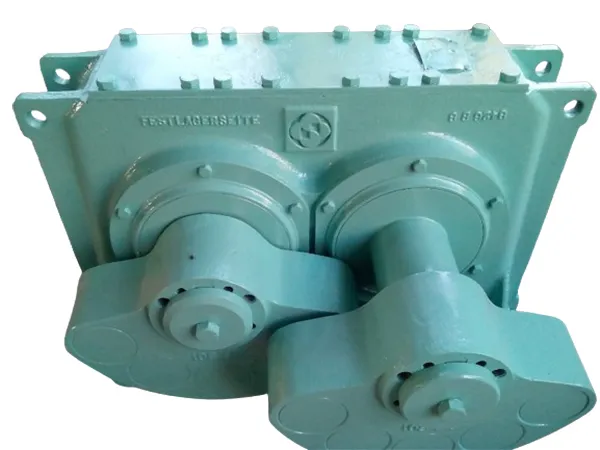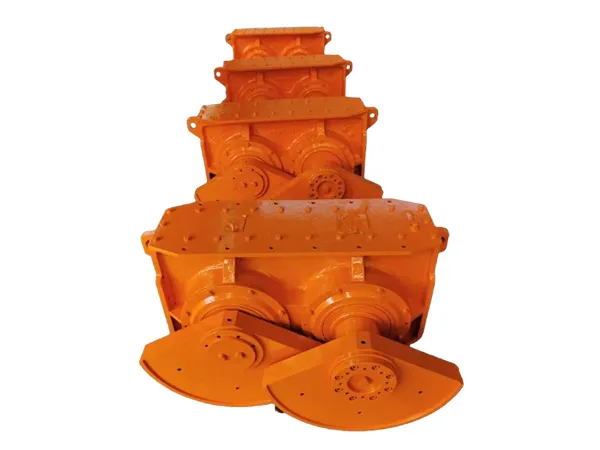los excitador de pantalla vibratoria plays a crucial role in determining the screening efficiency, as it directly influences the vibration characteristics of the screen. The exciter is arguably the most crucial component of a vibrating screen regarding its impact on screening efficiency.
Impact of vibrating screen exciter on screening efficiency

Generating the Vibration: The exciter creates the vibratory motion that causes material to stratify and pass through the screen mesh. Without a properly functioning exciter, there’s no screening.
Amplitud y frecuencia: The exciter controls the amplitude (the distance of the screen’s movement) y frecuencia (the number of oscillations per unit time) de la vibración. These two parameters are directly related to screening efficiency:
Amplitud:
Low Amplitude: Insufficient stratification of the material bed. Particles are less likely to encounter and pass through the appropriate screen openings. Can lead to blinding (screen blockage).
High Amplitude: Excessive bouncing and “dancing” of the material bed. While it might seem like aggressive screening, it can actually reduce the probability of particles passing through the screen, especially finer materials. Also increases wear and tear on the screen.
Frecuencia:
Low Frequency: Slower material travel across the screen, potentially leading to overloading and reduced throughput. May be ineffective for finer materials.
High Frequency: Faster material travel, potentially reducing the residence time of particles on the screen and decreasing the chance of successful separation. Can also create higher noise levels.

The Optimal Combination: The ideal amplitude and frequency are highly dependent on:
* Propiedades materiales: Particle size distribution, forma, densidad, contenido de humedad, pegajosidad, etc.
* Screen Mesh Size: Finer meshes generally require higher frequencies and lower amplitudes.
* Screen Angle: Steeper angles may require higher amplitudes to overcome gravity.
* Desired Separation Efficiency: How accurately you need to separate the different size fractions.
* Tasa de alimentación: The amount of material being fed onto the screen.
Stroke Direction and Angle: Some exciters allow control over the stroke direction (the angle of the vibratory motion relative to the screen surface). This influences:
Material Conveyance Rate: The speed at which material moves across the screen.
…
For more detailed information on the effect of vibrating screen exciters on screening efficiency, por favor visita: https://www.zexciter.com/en/a/news/impact-of-vibrating-screen-exciter-on-screening-efficiency.html


